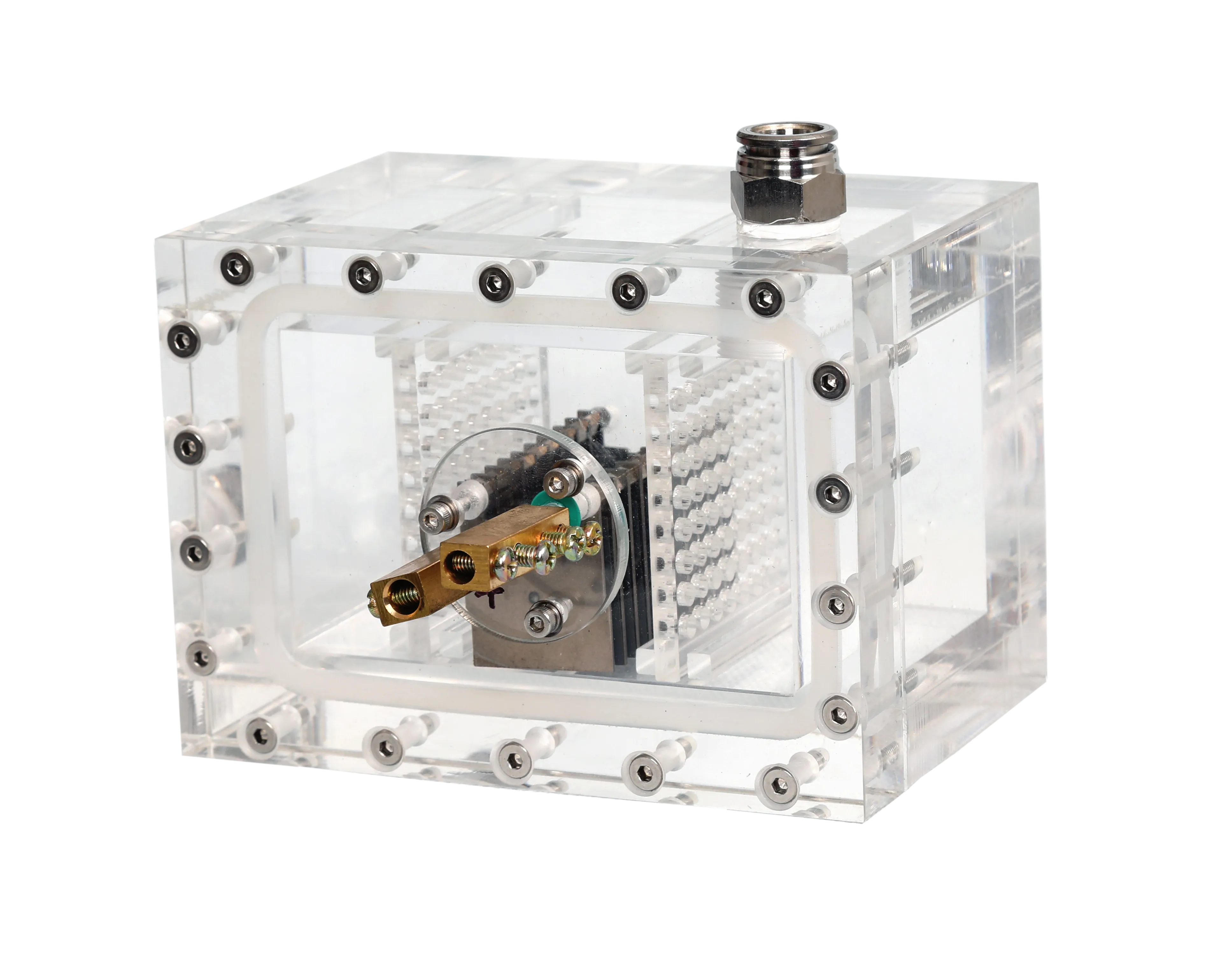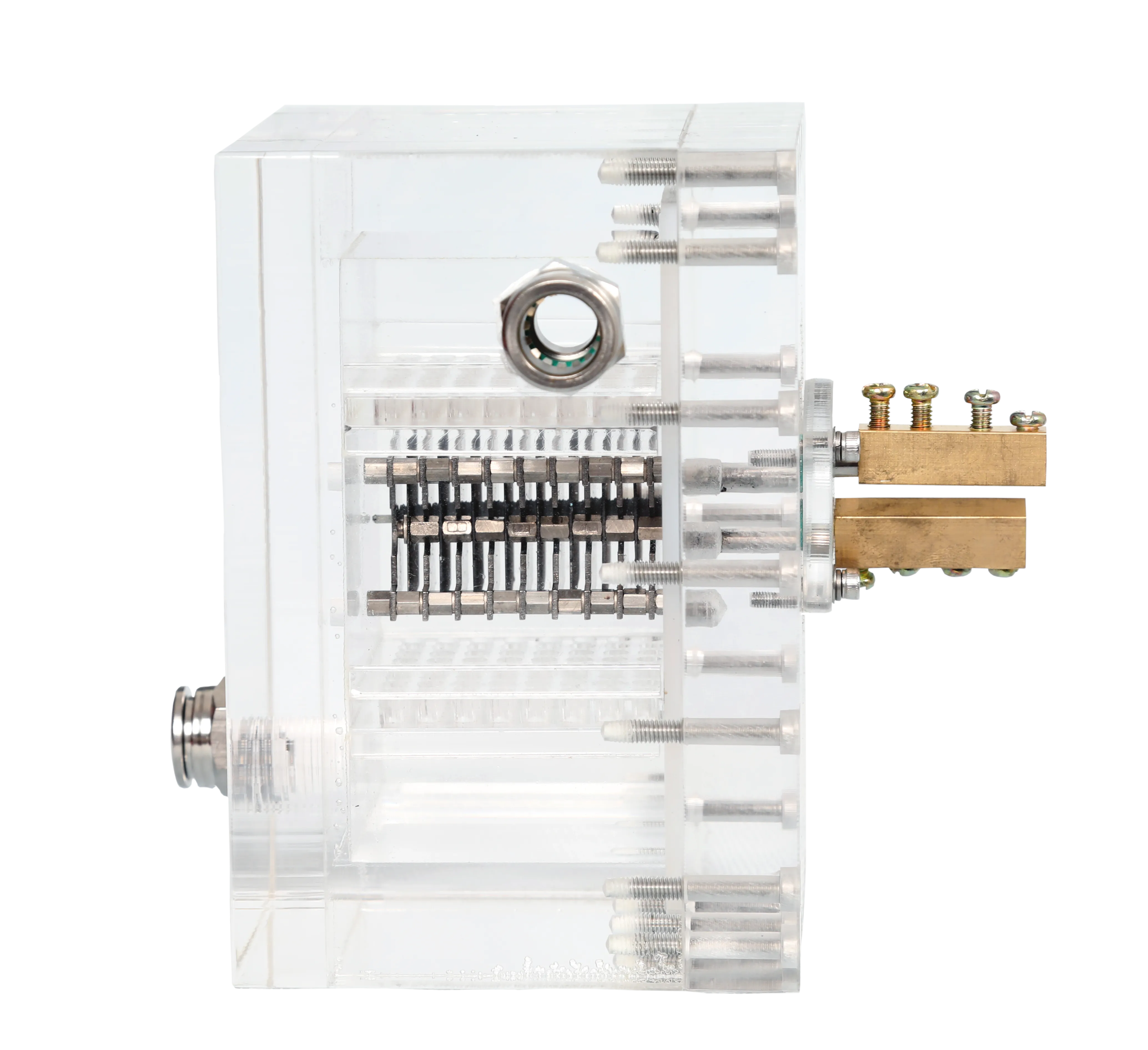Introduction
Per- and polyfluoroalkyl substances (PFAS), often called "forever chemicals," are some of the most persistent and hazardous contaminants found in industrial wastewater, landfill leachate, and even groundwater. Traditional treatment methods often fail to fully remove or destroy these compounds.
At YASA ET, we're leveraging advanced electrochemical technology using Boron-Doped Diamond (BDD) electrodes to effectively break down PFAS and deliver sustainable water treatment solutions.
What Are PFAS and Why Are They Hard to Treat?
PFAS are synthetic chemicals used in firefighting foams, non-stick cookware, industrial processes, and more. They are extremely stable due to the strong carbon-fluorine bonds, making them resistant to heat, water, and degradation. Because of this, they accumulate in the environment and pose serious risks to health and ecosystems [1].
The Power of BDD Electrodes BDD (Boron-Doped Diamond)
Electrodes represent one of the most advanced electrode materials in electrochemical oxidation. With a high oxygen evolution potential (≥2.5 V) and extreme chemical durability, BDD electrodes generate hydroxyl radicals (•OH) that non-selectively attack and mineralize organic pollutants, including PFAS [2][3].
Why Electro-Oxidation Works for PFAS
Electro-oxidation with BDD electrodes breaks the carbon-fluorine bonds in PFAS molecules, transforming them into harmless byproducts like CO2 and fluoride ions.
This approach:
Requires no chemical additives
Produces no toxic sludge
Operates at ambient temperature and pressure
Is scalable from lab to industrial use [4]
YASA ET’s EOXCell
The Ideal Tool for PFAS Lab Testing Our EOXCell test system is equipped with high-performance BDD and titanium electrodes, housed in a corrosion-resistant acrylic reactor. Designed for researchers, universities, and water treatment professionals, the EOXCell allows users to:
Conduct bench-scale tests for PFAS degradation
Evaluate electrochemical parameters
Compare different electrode materials [5]
YASA ET’s EOXCell
Case Studies and Research Studies show that BDD electrodes achieve high removal rates for PFAS like PFOA and PFOS. For instance, pilot systems using BDD electro-oxidation report degradation efficiencies exceeding 90% under optimized conditions [6]. Researchers have also combined BDD with UV light to further enhance the defluorination process [7].
YASA ET's Commitment to Sustainable Water Treatment
At YASA ET, our vision is clear: "Waste Is Another Resource."
Our technologies, including EOXCell and larger-scale PREDEST systems, are part of our mission to eliminate toxic compounds from industrial wastewater and help our partners achieve Zero Liquid Discharge (ZLD).
Want to Test PFAS Treatment in Your Lab? EOXCell is available for global shipment and comes with:
Plug-and-play setup
Instruction manuals and demo videos
Full support from our technical team
Useful Links:
Contact us at info@yasa.ltd
Conclusion BDD electro-oxidation is redefining the limits of water treatment. With EOXCell, you can be part of this revolution, conducting meaningful PFAS research and advancing clean water innovation.
References:
[5] YASA ET. EOXCell Technical Manual, 2025









Comments